Latest Posts
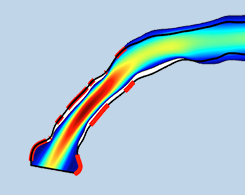
Improving Vascular Access for the Treatment of ESRD Patients
By combining CFD simulations with shape optimization techniques, biomedical engineers can better understand and predict vascular access for renal disease treatments.
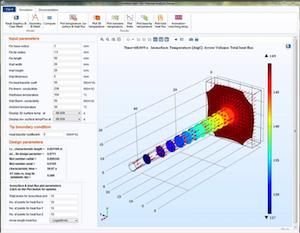
Studying Transient Heat Transfer in a Fin Design with an App
A guest blogger and author presents a simulation app that he designed to study transient heat transfer in a nonprismatic fin.

Control Current and Voltage Sources with the AC/DC Module
Did you know that you can use the Terminal boundary condition to dynamically switch between excitation types during a transient simulation? This is useful for modeling power supply, for example.
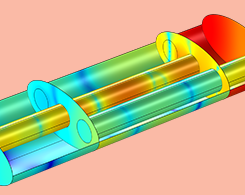
Multiphysics Simulation Provides Accurate Muffler Designs
A guest blogger from Lightness by Design, a COMSOL Certified Consultant, shares how multiphysics simulation provides accurate results when designing automotive mufflers.
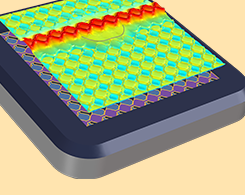
Streamlining Capacitive Touchscreen Design with Apps
In this comprehensive blog post, we discuss the different design considerations for capacitive touchscreens and how simulation apps can be used to streamline their design workflow.
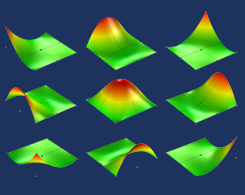
Keeping Track of Element Order in Multiphysics Models
Whenever you are building a finite element model in COMSOL Multiphysics®, it is important that you are aware of the element order that is being used. We demonstrate how to do so here.
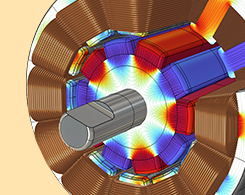
Guidelines for Modeling Rotating Machines in 3D
Learn how to use the Rotating Machinery, Magnetic interface in COMSOL Multiphysics® to model a 3D generator, and then compare our results with an analogous 2D model. Part 2 of 2.
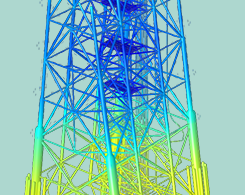
The Boundary Element Method Simplifies Corrosion Simulation
The boundary element method can be used when simulating corrosion to avoid needing a finite element mesh to resolve the whole 3D structure, saving time for large problems with slender components.
